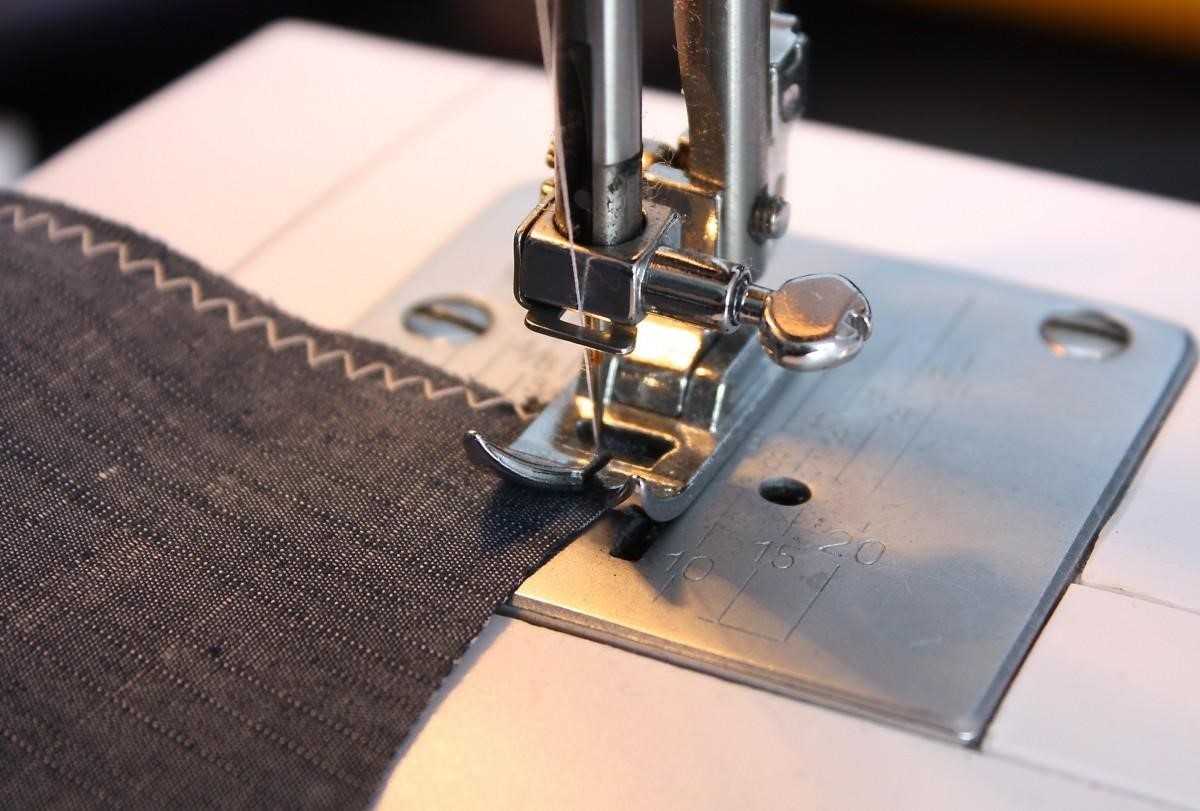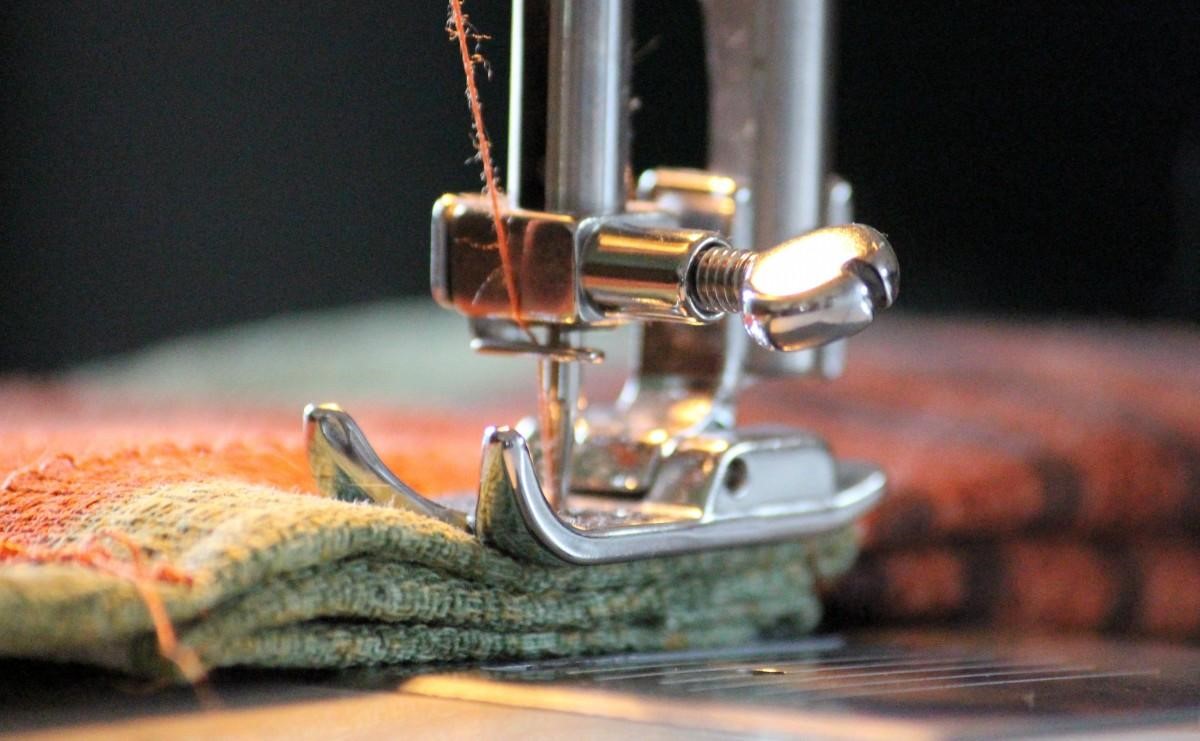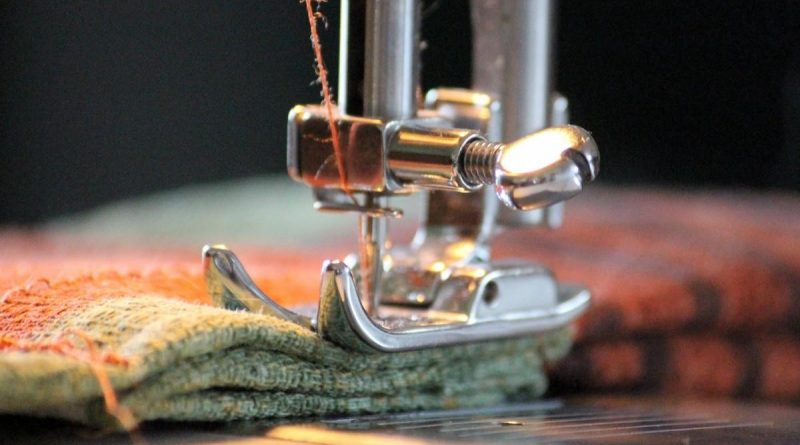Sewing tips for stretch fabrics
Stretch fabrics are a versatile choice for many garments as they allow more movement when worn and are generally a bit more comfortable. Here are a few tips to make your sewing project as successful as possible.

Prevent curling edges
You’ll find that stretch fabrics will curl at the edges towards the face of the fabric, essentially indicating which is the ‘right side up’. A little starch sprayed onto the fabric around the edges can help keep it straight temporarily to make sewing easier, and the curl won’t be noticeable once the hem is stitched on your finished garment.
Match the material to the project
Stretch fabric can range from single and double knits to bias-cut and stretch-woven fabrics. If you want something more robust, for instance for a pencil skirt, try a heavier fabric like Ponte di roma, as this ‘stable knit’ is straightforward to sew and has good recovery without being too stretchy. If you want something lighter, consider viscose.
Dressmaking fabrics should be selected with their purpose in mind. For Mini Dresses like the ones that you can find at umay.co.uk/collections/mini-dresses a different material will be selected than if you are looking for maxi dresses or perhaps a jumpsuit.

Needles and stitches
A ballpoint needle is often better for stretch fabric,as its round tip is gentler on the fibres, pushing away the yarns rather than piercing them, and thus should prevent tearing.
A zigzag switch will complement the stretch and allow it to give a little when the item is worn. Pick a suitable thread, such as polyester; this has a degree of stretch and is less likely to break than cotton. If you’re adding a neckline, an overlocker can be used here to attach the neckband to the top using a stretch stitch to topstitch the neckline. Going through the seam allowance, sew and then trim it near the topstitching to give it a neat and tidy finish.
Ditch the scissors and pins
When you cut the material, try not to stretch it. Instead, lay it out flat, without edges hanging off the surface it’s on. Take your time with cutting and sewing, and realign raw edges regularly as you go.
A rotary cutter will provide better results, particularly on knits and finely woven materials, than scissors. To further reduce damage to fibres and knits, pins can be substituted for clips when sewing to keep pieces together.


